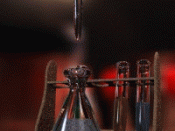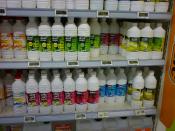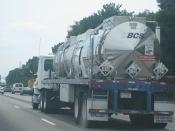Like any titration, neutralization titrations depend on a chemical reaction between the unknown solution and a standard reagent. The point of chemical equivalence is indicated by a chemical indicator or an instrumental measurement. When the color changes to the specified color, the titration has reached endpoint. The mole ratio and volume relates the concentration of the solutions. The more the number of moles of the base is used the more number of moles are needed to neutralize. To increase the number of moles you can increase the concentration or decrease the volume. If we take an overview of the reaction, the protons from the HCl moved to the NaOH or the HCl donated H+ ions to the solution and NaOH gave OH- ions to the solution. And as a result a salt (NaCl) and water were formed.
The methods used were quiet precise. The burette and pipette have some limitations due to being less precise.
The volume of burette limited the amount of trial that were attempted and it needed to be refilled. The Erlenmeyer flask resisted the splashing of the solution outside the flask which would have been occurred due to swirling. This caused the value, of the number of moles of HCl needed to neutralize NaOH, to be more accurate.
Experimental errors could possibly be as follow:â¢NAOH was lost to splashing before the end point was reachedâ¢Burette may have been contaminated with some other solution other than the one being testedâ¢Reading of the burette may have been offâ¢Some sir bubbles would have been there in the nozzle of the buretteâ¢Contamination of samples may interfere with the titration's resultsâ¢The amount of the acid added to the base would be more than requiredA few steps can be taken to avoid the experimental errors such as:â¢Reading of burette should be...


